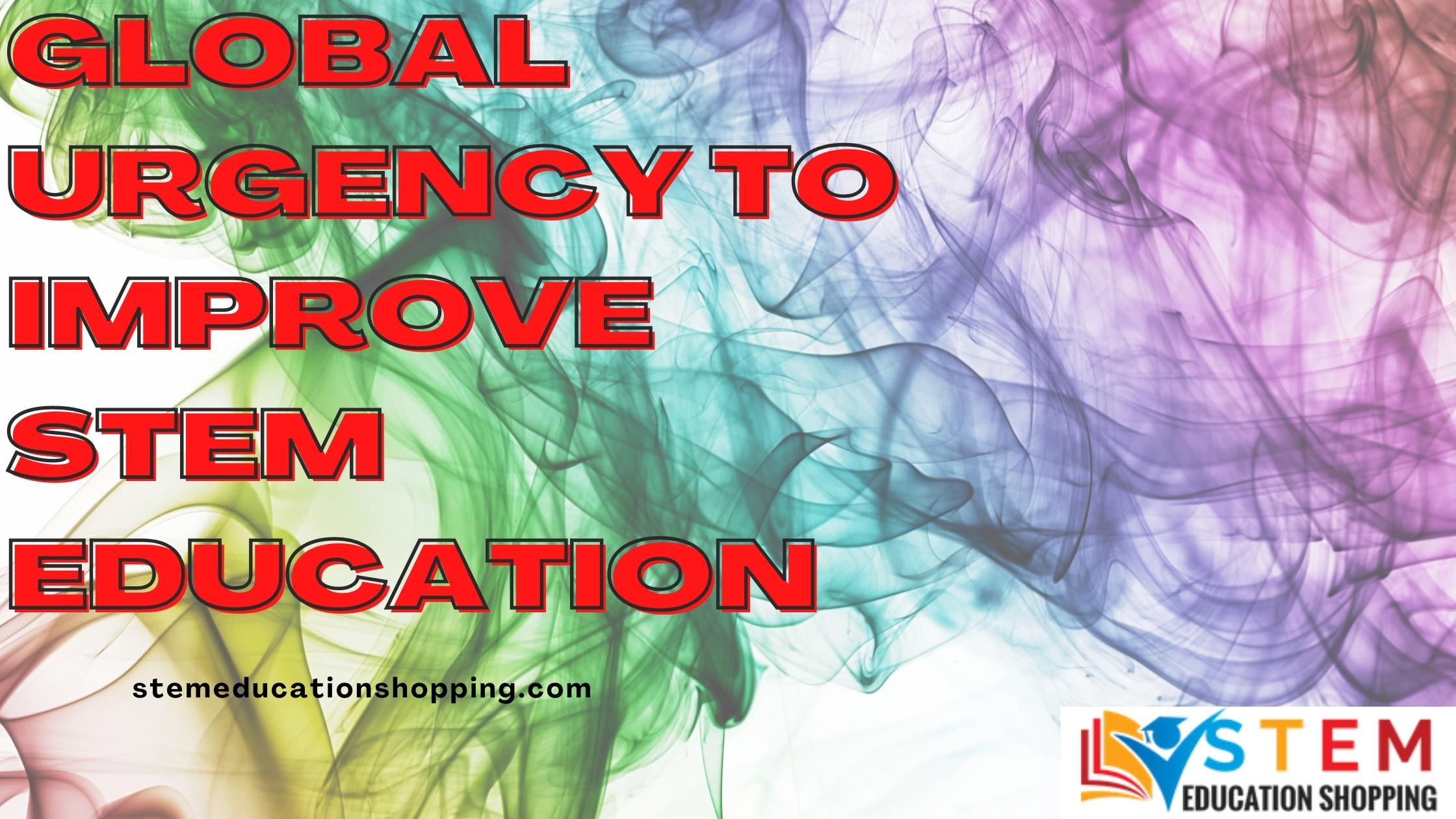
Mapping the Future: STEM Education and Training Strategy
- By admin
- 2023-08-29
- 0 comments
They say that the future belongs to those who embrace STEM education.
As someone deeply passionate about driving innovation and progress, I believe in the power of Science, Technology, Engineering, and Mathematics to shape our world.
In this article, we will explore the importance of STEM education and training strategy.
We’ll delve into the current challenges faced in this field and discuss strategies for fostering interest in STEM subjects.
Additionally, we’ll examine innovative curriculum approaches and address the need for diversity and inclusion in STEM.
Finally, we’ll explore the role of industry in shaping effective STEM education and training programs.
Join me on this journey as we map out a brighter future through STEM!
KEY TAKEAWAY
What is STEM education and training strategy?
STEM education and training strategy involves systematic planning to equip learners with skills for technological advancement (1).
The Importance of STEM Education
STEM education is crucial in preparing students for the future job market.
In today’s rapidly changing world, technological advancements and innovations are shaping industries across all sectors.
As a result, there is a growing demand for workers with strong skills in science, technology, engineering, and mathematics (STEM).
By equipping students with a solid foundation in these subjects, STEM education ensures that they are well-prepared to meet the challenges of the future workforce.
Research has consistently shown that STEM occupations offer higher salaries and greater job security compared to non-STEM fields.
According to a report by the U.S.
Bureau of Labor Statistics, employment in STEM occupations is projected to grow by 8% between 2019 and 2029, faster than the average for all occupations.
Moreover, individuals with STEM degrees tend to have lower unemployment rates compared to those without such qualifications.
Furthermore, STEM education fosters critical thinking skills and problem-solving abilities.
Through hands-on experiments, projects, and real-world applications of scientific principles, students learn how to approach complex problems systematically.
This analytical mindset equips them with the necessary tools to tackle various challenges they may face in their careers.
From a policy perspective, investing in STEM education is essential for national economic growth and competitiveness.
Countries that prioritize STEM education have been able to cultivate innovation-driven economies that thrive on technological advancements.
By providing quality STEM education opportunities at all levels – from primary schools through higher education institutions – policymakers can ensure a steady supply of skilled professionals who can contribute to economic development.
Current Challenges in STEM Training

One of the current challenges in training for science, technology, engineering, and math is the lack of accessible resources. (2)
As someone who has been involved in STEM education and training for several years, I have witnessed firsthand the struggles that students face when trying to access quality learning materials and tools.
This issue is particularly prevalent in underprivileged communities where schools often lack funding for updated textbooks, laboratory equipment, and computer software.
Research indicates that this lack of accessibility significantly hinders students’ ability to develop crucial skills needed for success in STEM fields.
Without proper resources, students are unable to engage actively in hands-on experiments or explore complex concepts through interactive simulations.
This not only limits their understanding but also dampens their enthusiasm for these subjects.
To address this challenge, policymakers must prioritize investment in STEM education and training resources at all levels.
Funding should be allocated towards providing schools with up-to-date textbooks, advanced laboratory equipment, and modern technology infrastructure.
Additionally, efforts should be made to increase access to online educational platforms that offer interactive lessons and virtual laboratories.
By addressing the issue of resource accessibility head-on, we can ensure that all students have equal opportunities to succeed in STEM fields regardless of their socioeconomic background or geographical location.
Strategies for Encouraging STEM Interest

To foster my interest in science, technology, engineering, and math (STEM), it is essential to provide hands-on experiences and real-world applications that make these subjects relevant and engaging.
Research shows that students who are exposed to practical applications of STEM concepts are more likely to develop a passion for these fields.
By engaging students in activities such as building robots, conducting experiments, or solving real-world problems using coding and mathematics, educators can ignite their curiosity and encourage them to explore further.
Furthermore, policy initiatives aimed at integrating STEM into the curriculum can play a crucial role in fostering interest in these subjects.
Governments and educational institutions must prioritize the development of comprehensive STEM programs that emphasize interdisciplinary learning, critical thinking skills, and creativity.
By aligning curriculum standards with industry demands and providing resources for professional development for teachers, we can ensure that students receive high-quality education that prepares them for future STEM careers.
Moving into the next section on innovations in STEM curriculum, it is important to highlight how advancements in technology have revolutionized the way we teach and learn STEM subjects.
With the integration of virtual reality, augmented reality, online simulations, and interactive platforms into the curriculum, students now have access to immersive learning experiences that enhance their understanding of complex concepts while making learning enjoyable.
These innovations not only engage students but also prepare them for a rapidly evolving technological landscape.
Innovations in STEM Curriculum
With the integration of virtual reality and augmented reality, I can now experience immersive learning in STEM subjects.
These technological advancements have transformed the way we approach education, particularly in science, technology, engineering, and mathematics fields.
Virtual reality allows me to step into a simulated environment where I can explore concepts and conduct experiments that would otherwise be challenging or impossible in a traditional classroom setting.
Research has shown that immersive learning experiences improve retention rates and engagement levels among students.
By using virtual reality and augmented reality, educators can create interactive lessons that cater to different learning styles and abilities.
This innovative approach fosters critical thinking skills and problem-solving abilities while providing a unique hands-on experience.
Additionally, virtual reality and augmented reality offer opportunities for remote collaboration among students from diverse backgrounds.
This promotes inclusivity by breaking down barriers of physical location or mobility limitations.
It also encourages teamwork and communication skills as students work together on projects or simulations.
As we delve further into promoting diversity and inclusion in STEM education, these technologies will play a crucial role in creating equitable learning environments for all students.
By harnessing the power of virtual reality and augmented reality, we can ensure that every student has access to high-quality STEM education regardless of their background or circumstances.
Promoting Diversity and Inclusion in STEM
By embracing virtual reality and augmented reality, I can create an inclusive learning environment in STEM that promotes diversity and equity.
These technologies have the potential to break down barriers and provide equal opportunities for all students, regardless of their background or physical abilities.
Here are three ways in which virtual reality and augmented reality can contribute to promoting diversity and inclusion in STEM education:
- Accessibility: Virtual reality can simulate real-world experiences, allowing students to explore scientific concepts or participate in experiments that may be difficult or impossible for them to access physically. This ensures that students with physical disabilities are not left behind and can fully engage in STEM learning.
- Representation: Virtual reality and augmented reality can offer diverse role models within the educational content, showcasing individuals from different genders, races, ethnicities, and backgrounds who have made significant contributions to STEM fields. By highlighting diverse perspectives, these technologies help inspire underrepresented groups to pursue careers in STEM.
- Collaboration: Through virtual environments, students can collaborate with peers from different locations around the world without leaving their classrooms. This promotes cross-cultural understanding and collaboration among students from various backgrounds, fostering a sense of inclusivity within the STEM community.
The Role of Industry in STEM Education and Training
The industry’s involvement in STEM education and training for students and teachers is crucial for preparing students for future careers.
As an educator, I have seen firsthand the impact that industry partnerships can have on shaping the learning experiences of our students.
By collaborating with companies and organizations in STEM fields, we are able to provide students with real-world examples and experiences that enhance their understanding of these subjects.
One way in which industry supports STEM education is through the development of curriculum resources.
Companies often work closely with educators to create materials that align with industry standards and reflect current trends and practices.
These resources not only help teachers deliver high-quality instruction but also expose students to the types of skills they will need in their future careers.
Furthermore, industry involvement extends beyond curriculum development.
Many companies offer mentorship programs, internships, and job shadowing opportunities for students interested in STEM fields.
These initiatives allow students to gain hands-on experience and develop valuable connections within the industry.
Research has shown that when students are exposed to real-world applications of STEM concepts, they are more likely to pursue higher education and career paths in these fields.
Therefore, it is crucial for policymakers to prioritize collaboration between education institutions and industry partners as part of a comprehensive strategy for STEM education and training.
By doing so, we can ensure that our students are well-prepared for the demands of tomorrow’s workforce.
Conclusion
In conclusion, it’s evident that STEM education and training are crucial for the future.
The current challenges in STEM training must be addressed through innovative strategies that encourage interest and diversity.
By promoting inclusivity and industry involvement, we can ensure a well-rounded STEM curriculum that prepares students for the demands of tomorrow’s workforce.
It’s essential to investigate the truth behind theories and research-driven policies to further emphasize the importance of STEM education in shaping our future society.
Alternatively, for more strategy tips, check out more tips about STEM teacher workshops.
References
- https://www.gov.scot/policies/science-and-research/stem-education-training/#:~:text=The%20Strategy%20aims%20to%20build%20Scotland%27s%20capacity%20to,the%20needs%20of%20the%20labour%20market%20in%20Scotland.
- https://news.harvard.edu/gazette/story/2021/11/increasing-access-and-opportunity-in-stem-crucial-say-experts/#:~:text=During%20the%20Harvard-sponsored%20talk%2C%20%E2%80%9CNew%20Pathways%20to%20STEM%2C%E2%80%9D,ways%20to%20make%20STEM%20education%20more%20readily%20available.





